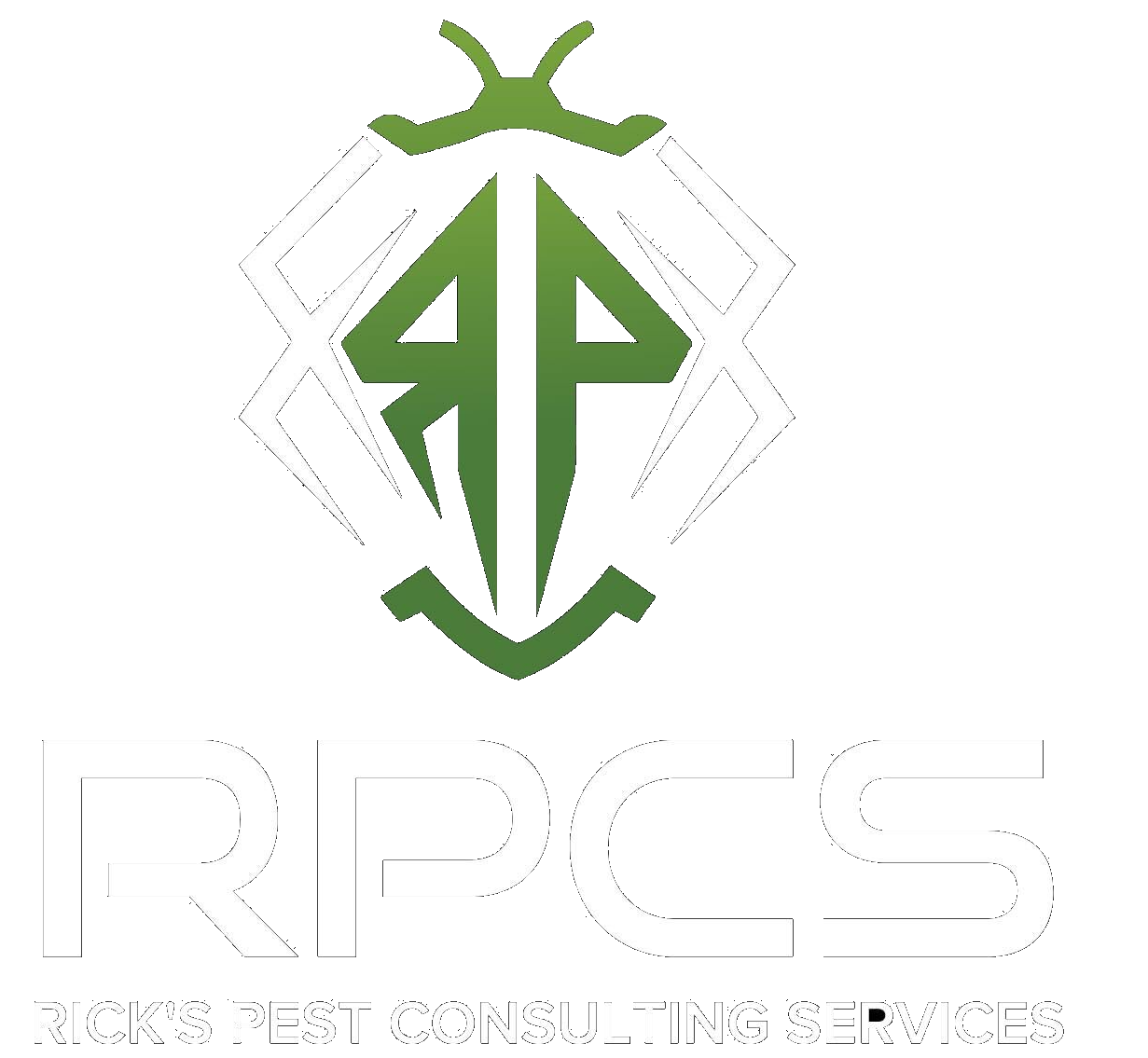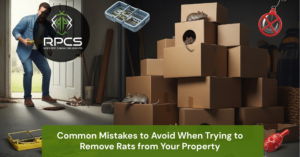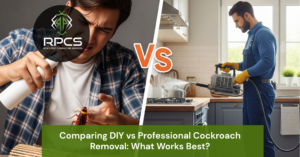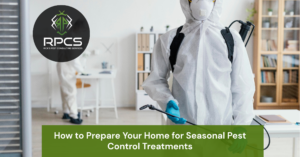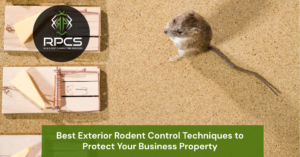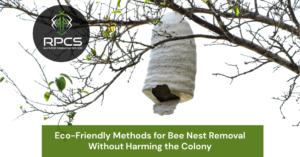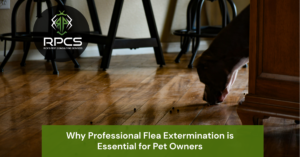Seasonal pest control treatments are essential to keep your home protected from unwanted intruders like ants, spiders, rodents, termites, and mosquitoes. But just scheduling an appointment isn’t enough; proper preparation ensures your pest control service is effective and safe for everyone in your household.
This guide will walk you through the key steps on how to prepare your home for seasonal pest control treatments, whether you’re doing it yourself or hiring a professional.
1. Clean and Declutter Key Areas
Before your pest control professional arrives, take time to clean and declutter, especially in problem-prone zones like the kitchen, pantry, bathrooms, garage, and basement.
Why it matters:
- Reduces hiding spots for pests
- Makes it easier for technicians to access treatment zones
- Prevents chemical contamination on surfaces used for food prep
Wipe down counters, sweep floors, and remove pet food dishes before the visit.
2. Move Furniture and Appliances Away from Walls
Most pests hide in cracks and crevices behind appliances and furniture. Pull couches, fridges, stoves, and beds a few inches away from the walls.
Benefits:
- Allows technicians full access to baseboards and corners
- Enhances the effectiveness of spray or bait placement
- Avoids missed pest colonies behind large fixtures
This small effort can lead to a more thorough and long-lasting treatment.
3. Secure Pets and Their Belongings
Pets are sensitive to pest control chemicals. Make sure your furry friends are safe and out of the way.
Action steps:
- Keep dogs, cats, and birds in a separate room or outside the home during treatment
- Remove pet beds, food bowls, and toys
- Inform your pest control provider about aquariums; they may need to be covered
Ask your service provider when it’s safe for pets to return to treated areas.
4. Vacuum and Seal Cracks Beforehand
Vacuuming helps remove pests and their eggs while sealing cracks limits their entry points.
What to focus on:
- Vacuum under furniture, inside closets, and around windows
- Use caulk to seal cracks in baseboards, door frames, and window edges
- Install door sweeps and repair damaged screens
Doing this before your pest treatment enhances the effectiveness and reduces reinfestation.
5. Store Food and Kitchen Items Properly
To avoid contamination, store food and utensils in sealed containers or move them out of treatment zones altogether.
Recommended actions:
- Place pantry items in airtight bins
- Cover or remove open fruit bowls and pet food
- Store dishes and cutlery in cabinets or drawers
If possible, clean your counters with mild soap after treatment to ensure safety.
6. Prepare Bathrooms and Water Sources
Pests often nest around plumbing, so your pest control provider may need access to your sinks, bathtubs, and toilets.
To prepare:
- Remove items from under the sink
- Clear any clutter around the tub and toilet
- Repair any leaks or dripping faucets to avoid attracting pests
Water is a pest magnet; keep all surfaces dry before and after the service.
7. Remove Indoor Plants from Treated Areas
Many indoor plants can absorb pest control chemicals through their leaves and soil. Relocate them to an untreated room or outside.
Pro Tip: Cover large or immovable plants with plastic sheeting if they can’t be moved easily.
8. Ensure Safe Entry for the Technician
Make sure the pest control professional can easily access your home and targeted treatment areas.
Quick checklist:
- Unlock gates and doors
- Disarm security systems
- Keep pathways clear of clutter
The easier the access, the more efficient and effective the treatment will be.
9. Understand Post-Treatment Instructions
Once the service is complete, follow the technician’s post-treatment guidelines closely.
May include:
- Keeping windows closed for a few hours
- Not mopping or sweeping treated areas for 48 hours
- Watching for pest activity spikes (normal after initial treatment)
Following instructions ensures the maximum effectiveness of the treatment.
10. Schedule Follow-Ups and Preventative Maintenance
Seasonal treatments are most effective when paired with regular inspections and follow-ups.
Tips:
- Mark your calendar for quarterly or biannual treatments
- Use pest-repelling plants like lavender or mint near entry points
- Keep landscaping trimmed and trash bins sealed
Proactive care is the best way to maintain a pest-free environment year-round.
Final Thoughts
Preparing your home before a pest control treatment isn’t just about cleanliness; it’s about ensuring safety, accessibility, and long-term results. With a few simple steps, you can maximize the effectiveness of your seasonal pest control service and protect your family and pets from harmful infestations.
Take a proactive approach this season, and you’ll enjoy a cleaner, safer, and more comfortable home all year long. Contact us today!
